Fujifilm Instax mini Link 3 review: a pocket photo printer delivering instant fun
Fujifilm Instax mini Link 3: two-minute review
One could spend hours pondering why people might want to make small instant prints out of their smartphone snaps – photos they could easily share with each other via WhatsApp or post on Instagram. Personally, I think it’s all about the fun, tactility and immediacy that can be derived from occasionally ‘going analogue’ in this increasingly digital world in which we live. Vive la difference, and all that.
Fujifilm’s Instax mini Link 3 is the latest in the company’s line of portable battery-powered printers which, after linking up with a smartphone or tablet via Bluetooth, can spit out fast-developing instant photos. These photos, which are roughly the size of a credit card, can be given to friends and family, pinned on your corkboard or stuck on your fridge door or slipped in your wallet to look at whenever you like. It’s a simple device that does what it’s supposed to and does it well.
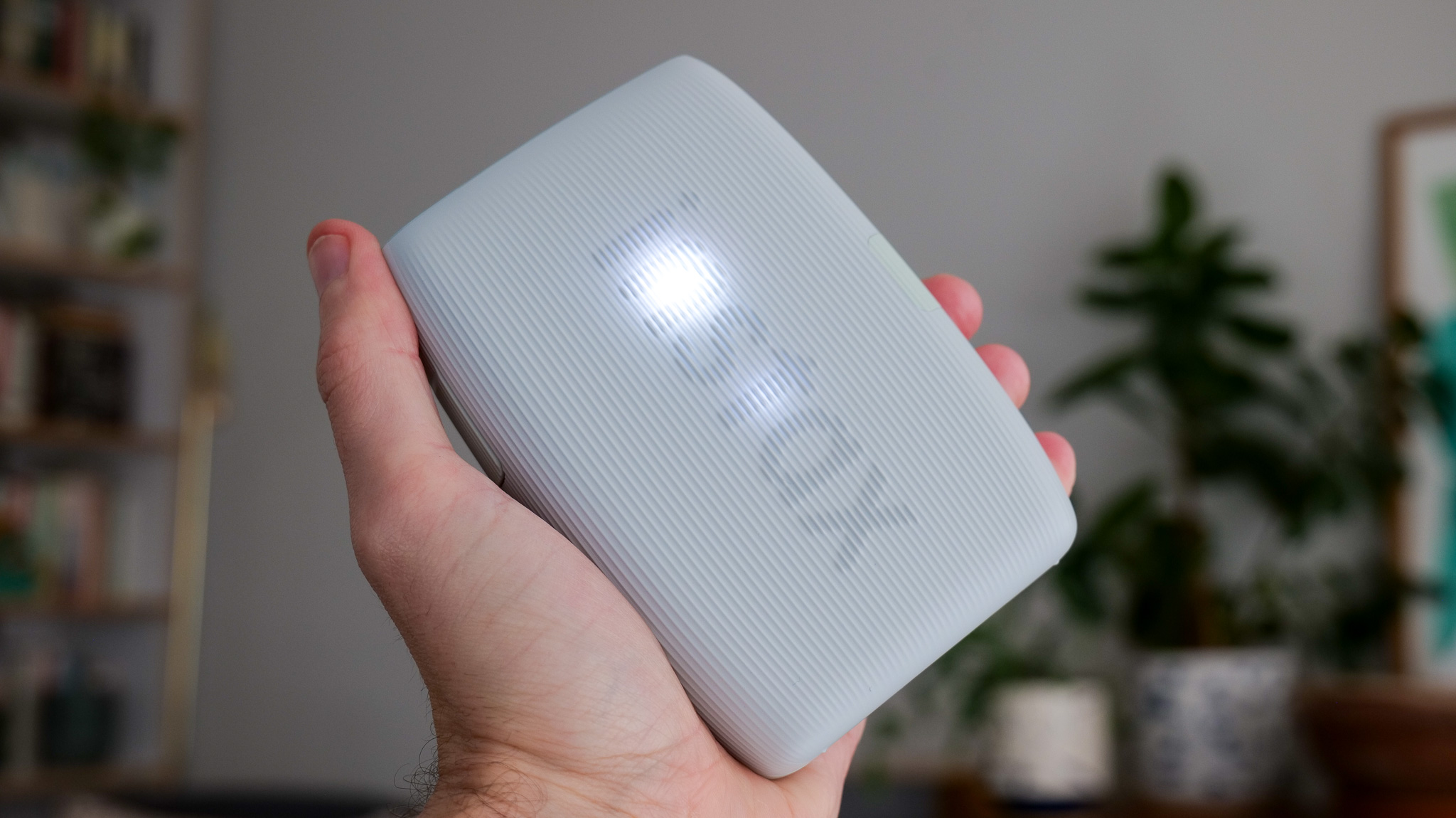
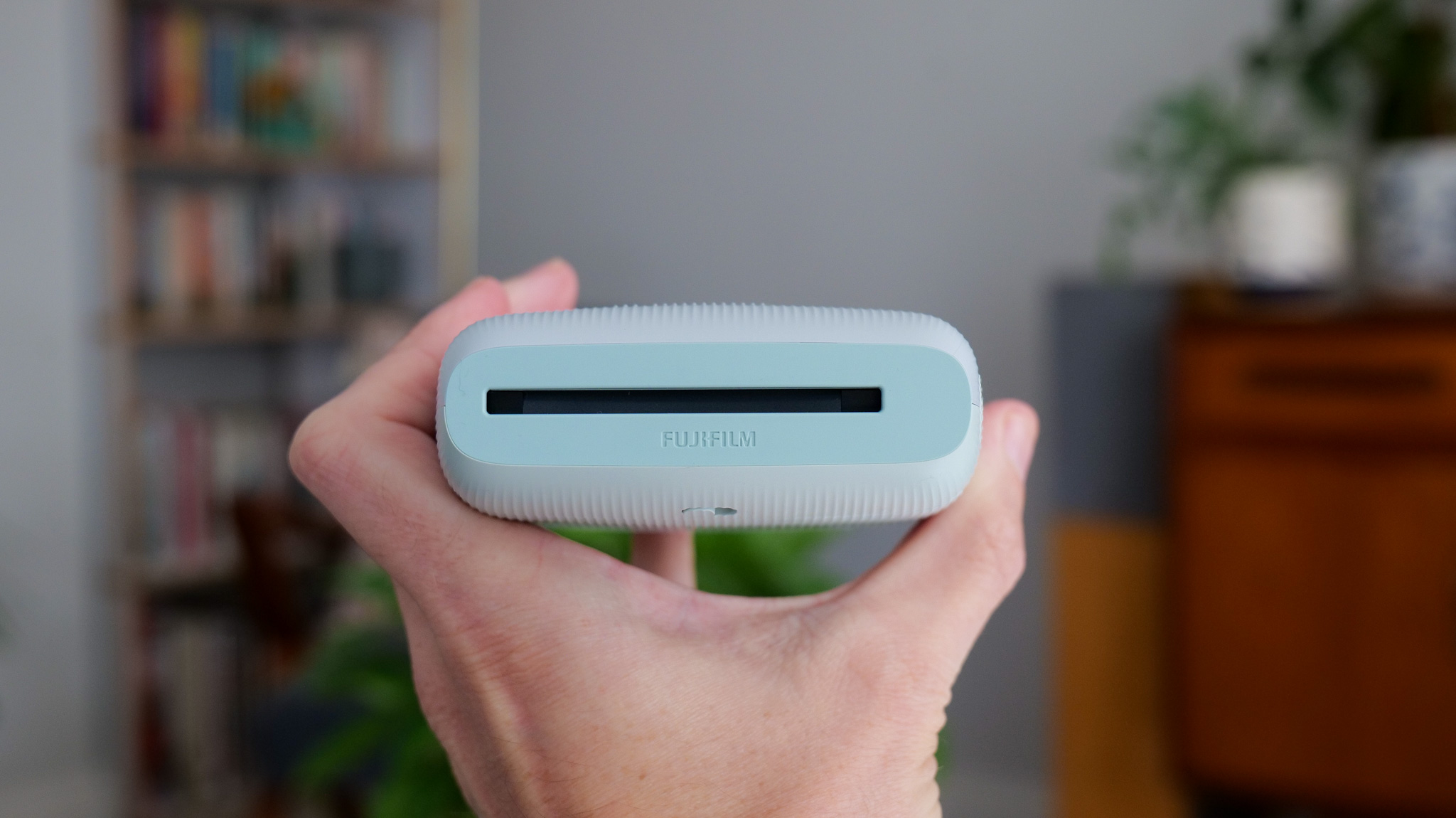
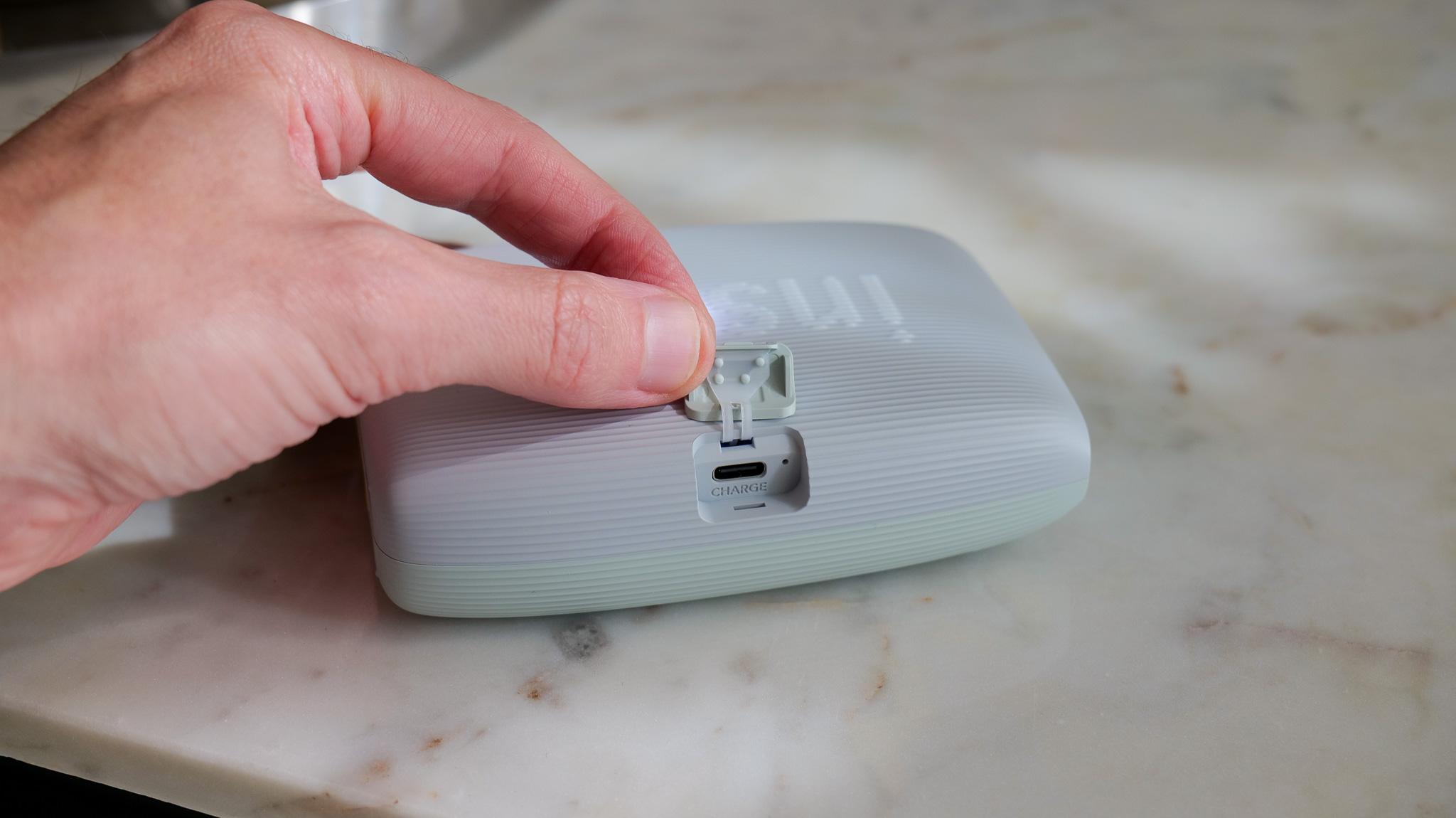
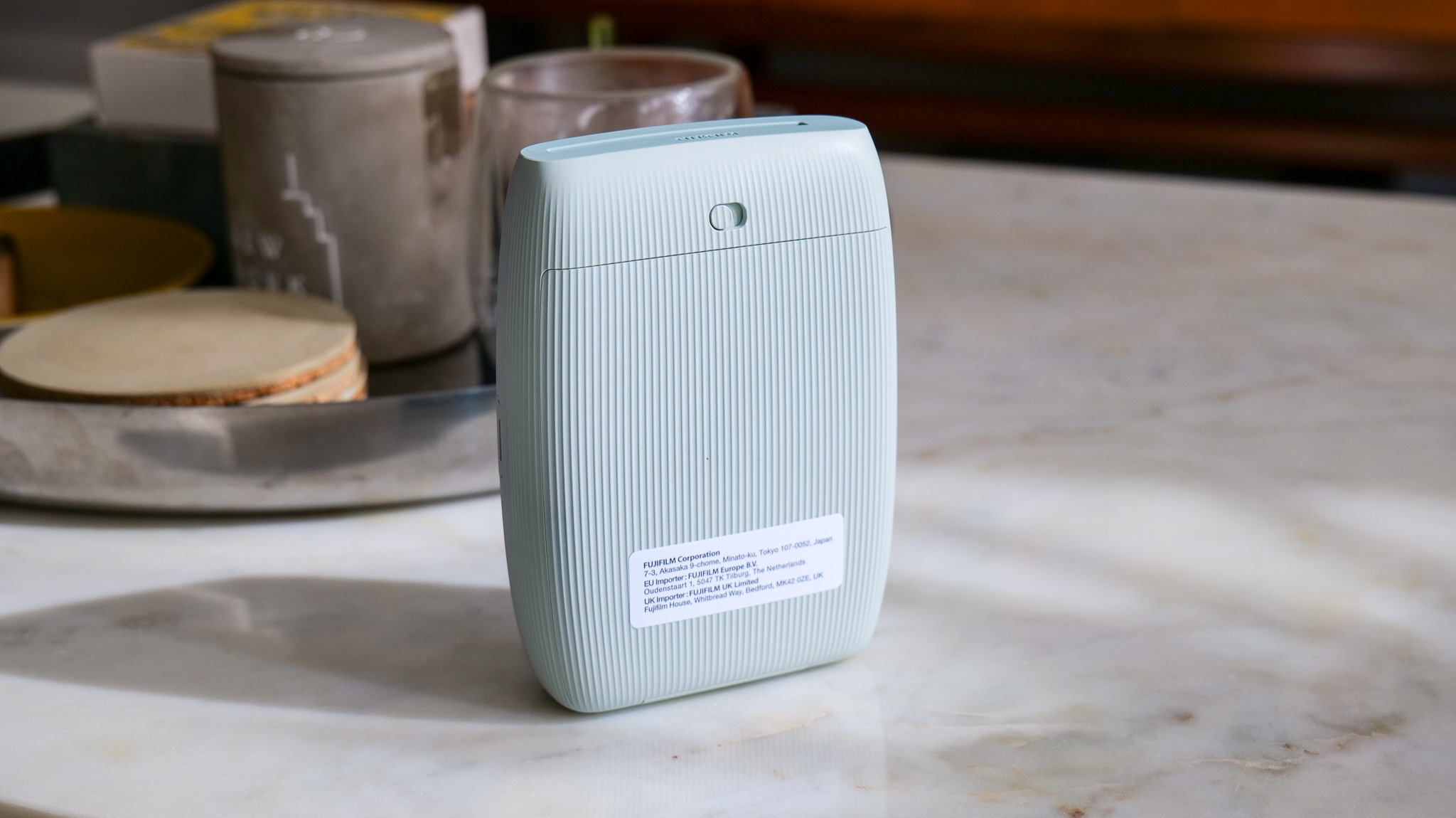
Film type: Instax mini film
Print size: 62mm x 46mm
Print time: 15 sec. approx..
Developing time: 90 sec. approx.
Connectivity: USB-C, Bluetooth
Dimensions: 90 x 37.3 x 125mm
Weight: 210g
I’ll talk about the prints themselves first. This won’t be news to anyone who’s used Instax mini film before, but these Polaroid-style photos look really impressive, with beautifully rich and vivid colours and an attractive glossy finish. That’s once they develop, of course: you’re looking at about three minutes in total from the time you starting printing until the finished photo is fully developed. Detail is pretty sharp, but the small print size puts a limit on that. The prints are hardy too: don’t expect them to fade quickly or fall to bits in your wallet.
They are also fairly expensive by portable printer standards however, with a standard 20-pack costing around $20/£15, which means about $1 or 75p a per print. Some rival printers using Zink or dye-sublimation methods offer a smaller per-print cost. I would say the Instax mini photos are better looking and more durable than Zink prints at least.
Part of the selling point with the mini Link 3 is the added functionality that comes from the mini Link companion app, and to be clear the printer is essentially useless without a smartphone to pair it with. The app offers light editing tools and a range of frames, effects and other adornments with which to customise and personalise your photos. These are all a bit cheesy and basic (I suspect few graphic design aficionados will be impressed) but if the point is to have fun, they hit the spot.
You can import photos from your camera roll or take new shots from within the app. In fact, the app’s Instax camera mode turns the printer itself into a Bluetooth remote control, allowing you to set your phone up and take a shot from afar by pressing the printer’s function button.
The app also features an augmented reality (AR) mode that lets you take photos on your phone complete with added-in objects, but to be honest I quickly gave up trying to use it due to the confusing setup and underwhelming effects. With the rest of the app functions being straightforward and easy to immediately grasp, this one feels out of place; I doubt it’ll prove popular with users.
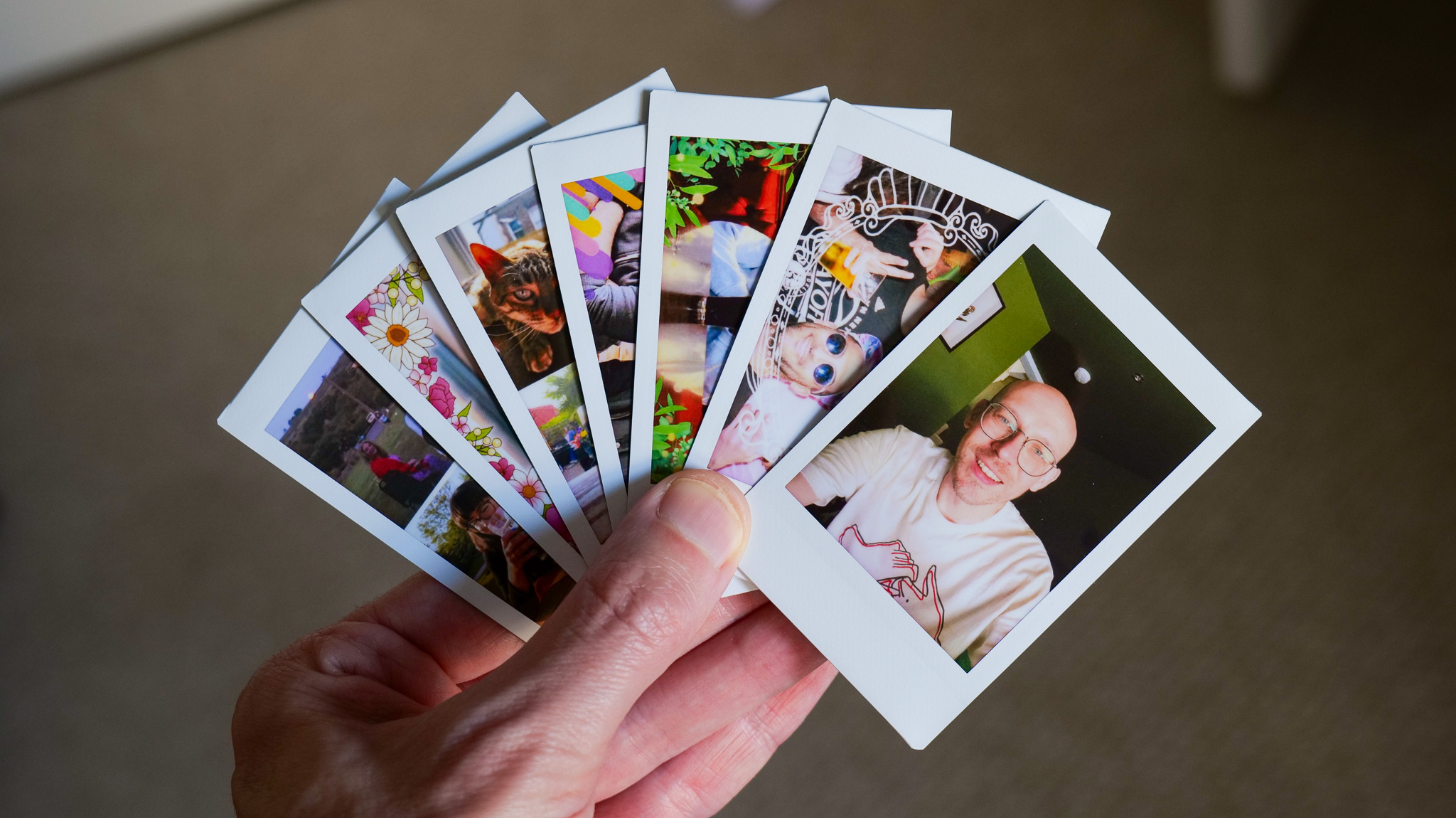
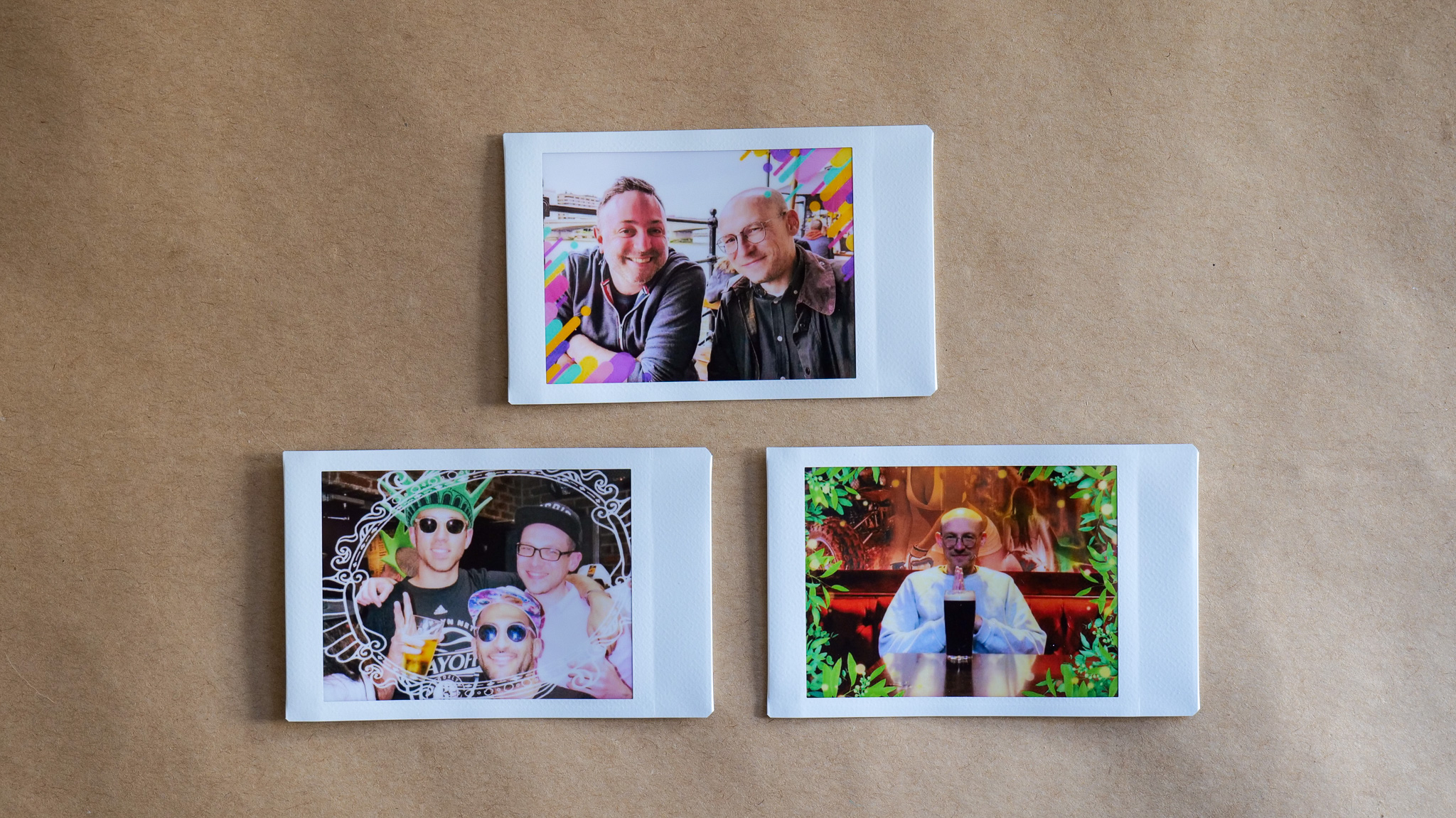
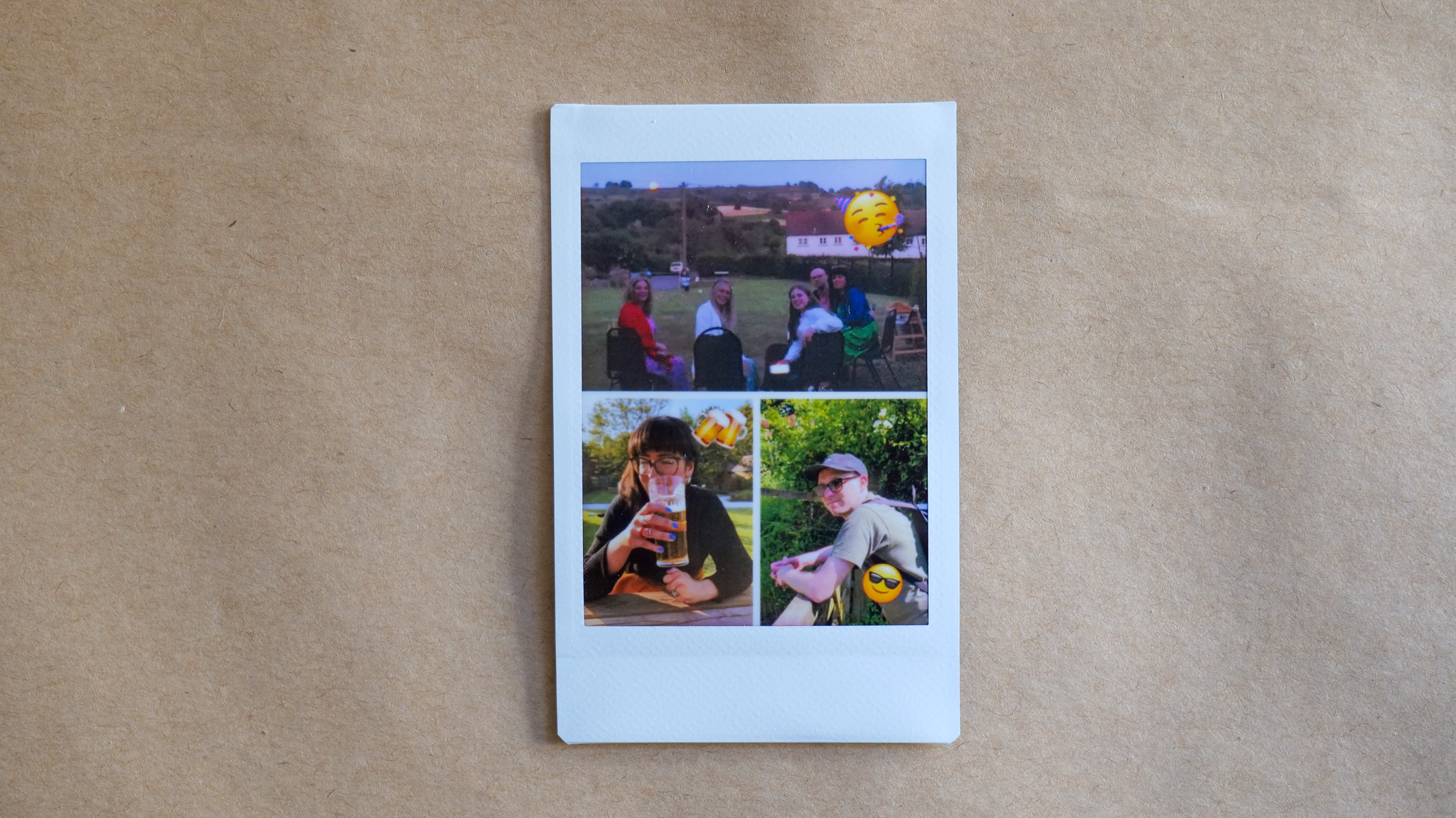
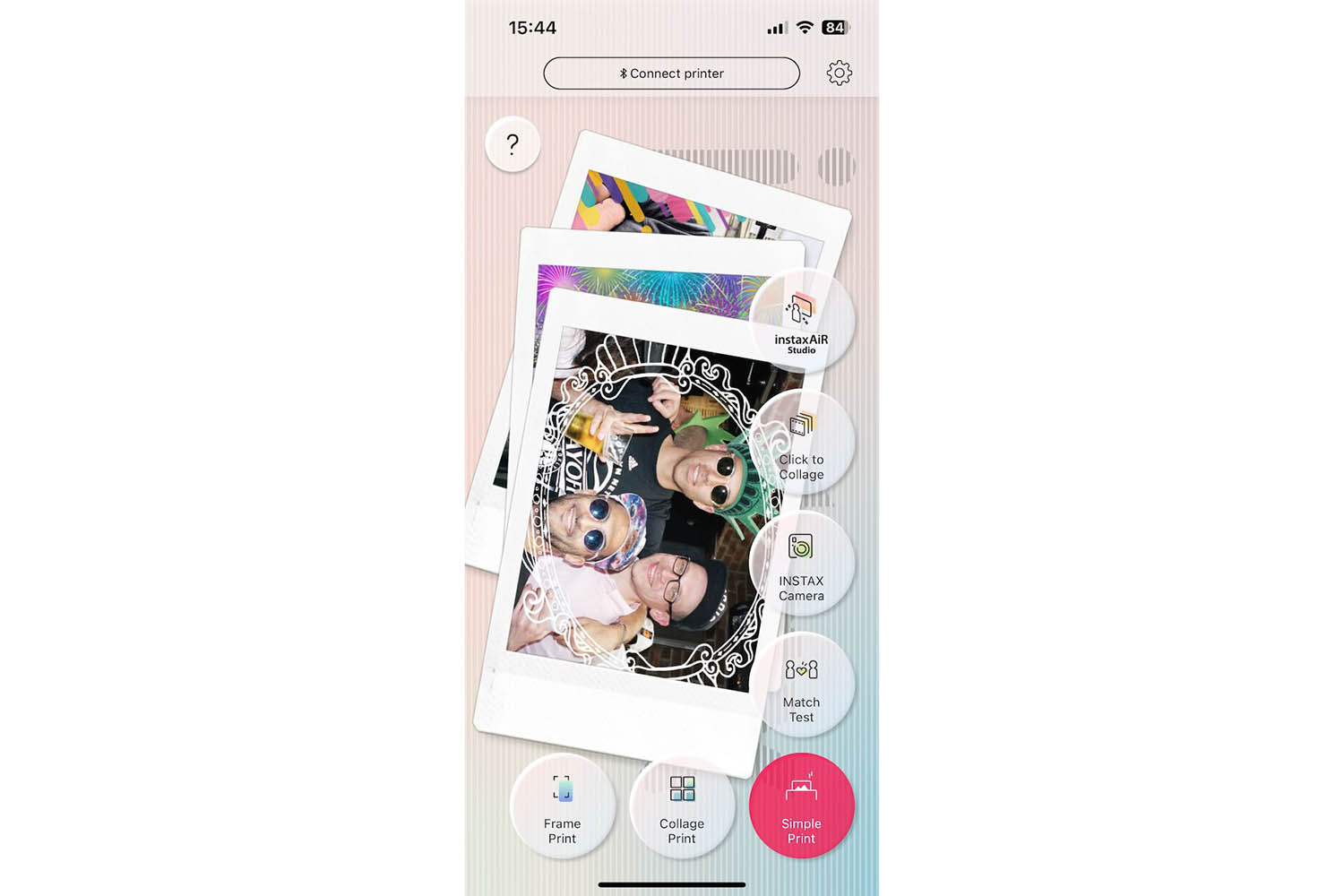
The mini Link 3 printer itself is an attractive object with its curvy lines, ridged surfaces and three-LED lighting system, which pulses and glows different colours depending on what you’re doing; it usually functions as a battery life indicator. There are three colour finishes available, too: Sage Green, Rose Pink and the Clay White model I was sent to review.
The mini Link 3 is lightweight and compact enough to slip into a large jacket pocket. I wouldn’t have any qualms about tossing it into a backpack either. The plastic body is sturdy and there are few buttons or moving parts that could get damaged: just one button for power, one function button that fulfils a number of functions (such as initiating Bluetooth pairing), a small sliding button to open the rear door when you need to load in a new film cartridge and a tiny flap that opens up to reveal the USB-C port used for recharging the internal lithium ion battery.
The Instax mini Link 3 is available now, priced at £114.99 in the UK (where it’s available at a range of online stores including Amazon, Jessops and My Fujifilm). In the US it’s cheaper at $99.95 and available from the Instax site.
Battery life is excellent. Fujifilm claims you can print around 100 shots from a full charge and while I haven’t personally tested that, being sent only three 10-shot cartridges of Instax mini film with my review sample, I didn’t need reach for the included USB-A to USB-C recharging cable once during my week with the printer (note that there’s no AC adapter in the box). If you do deplete the battery, you can fully recharge it in about two hours.
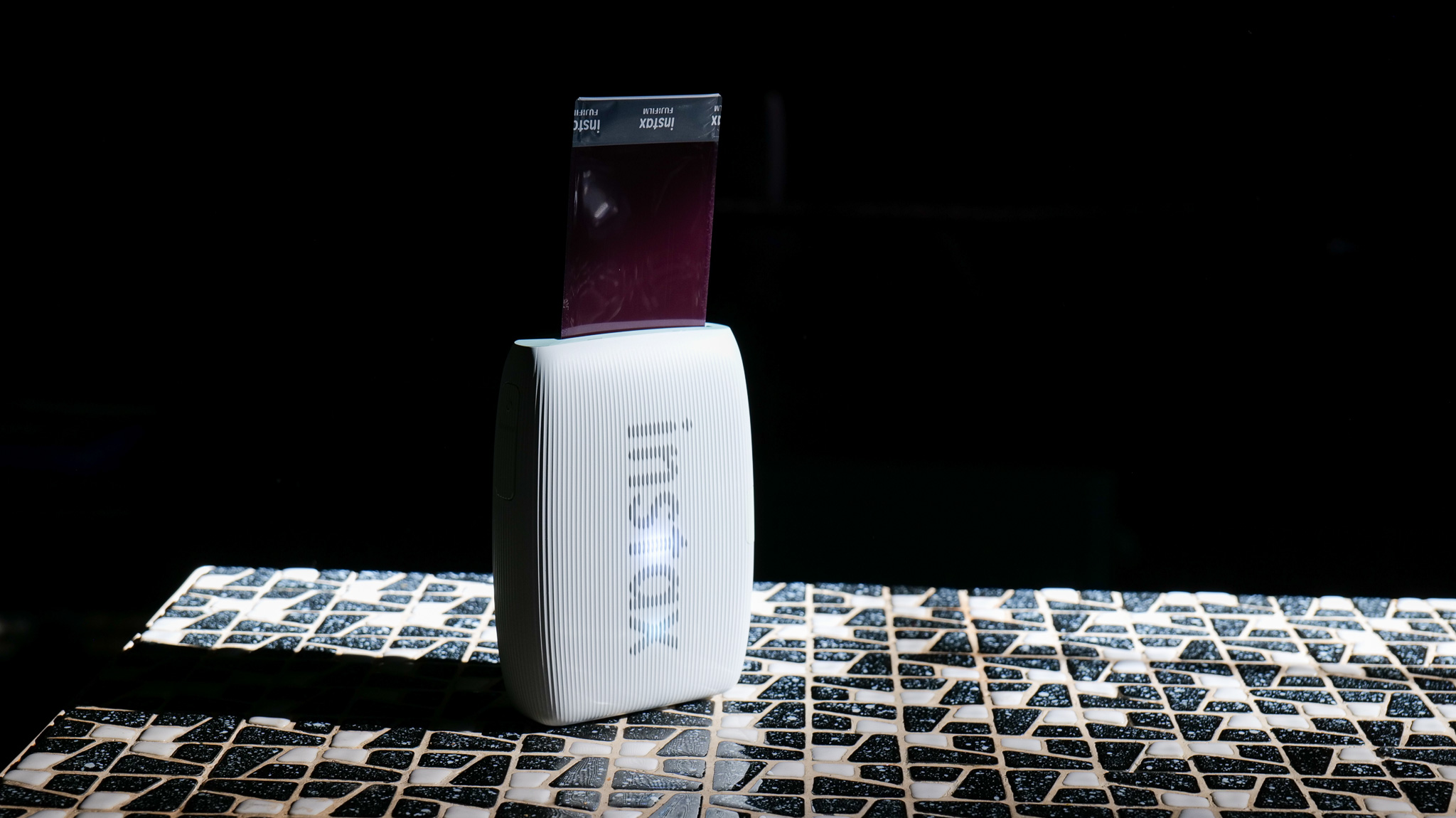
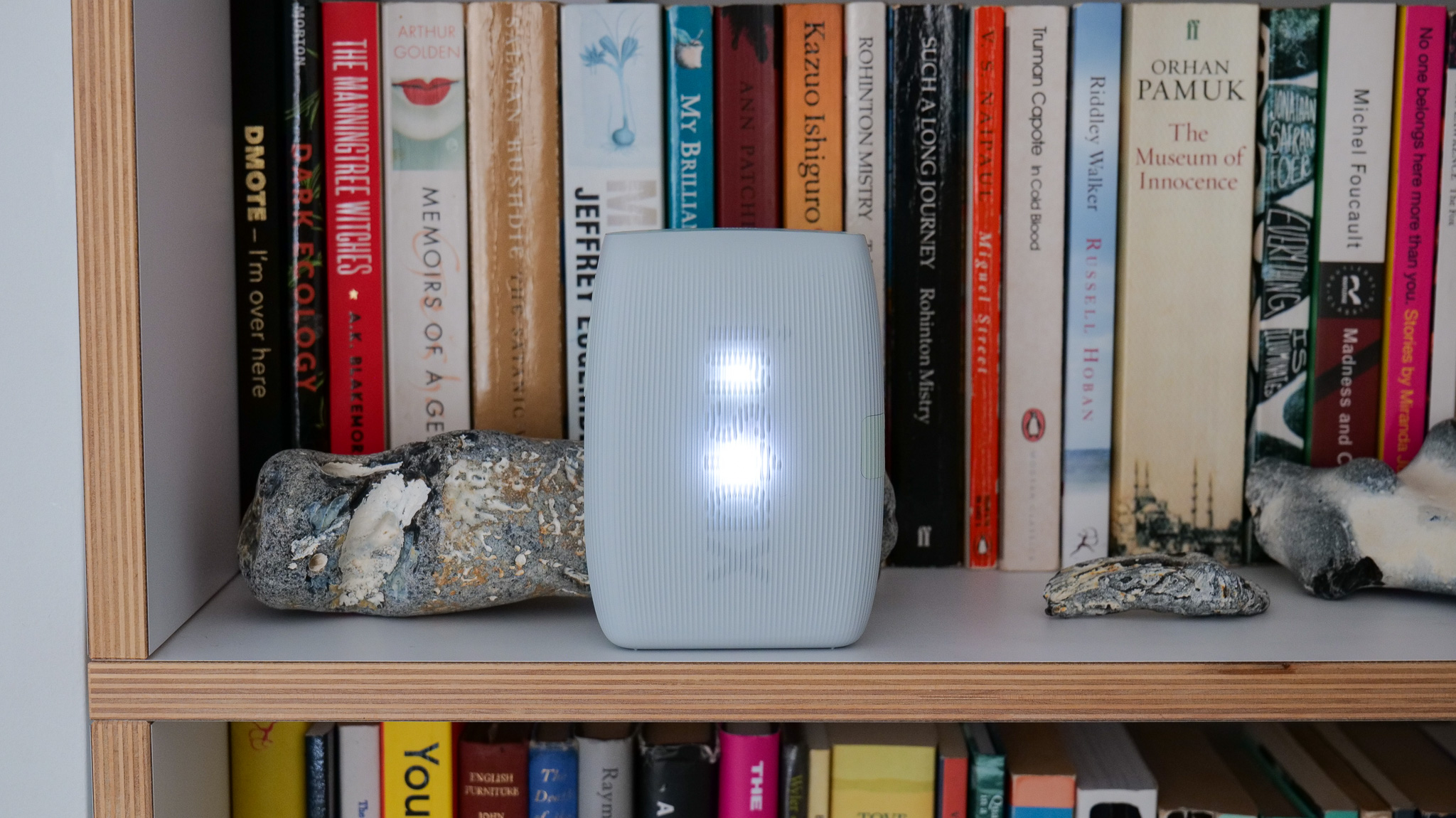
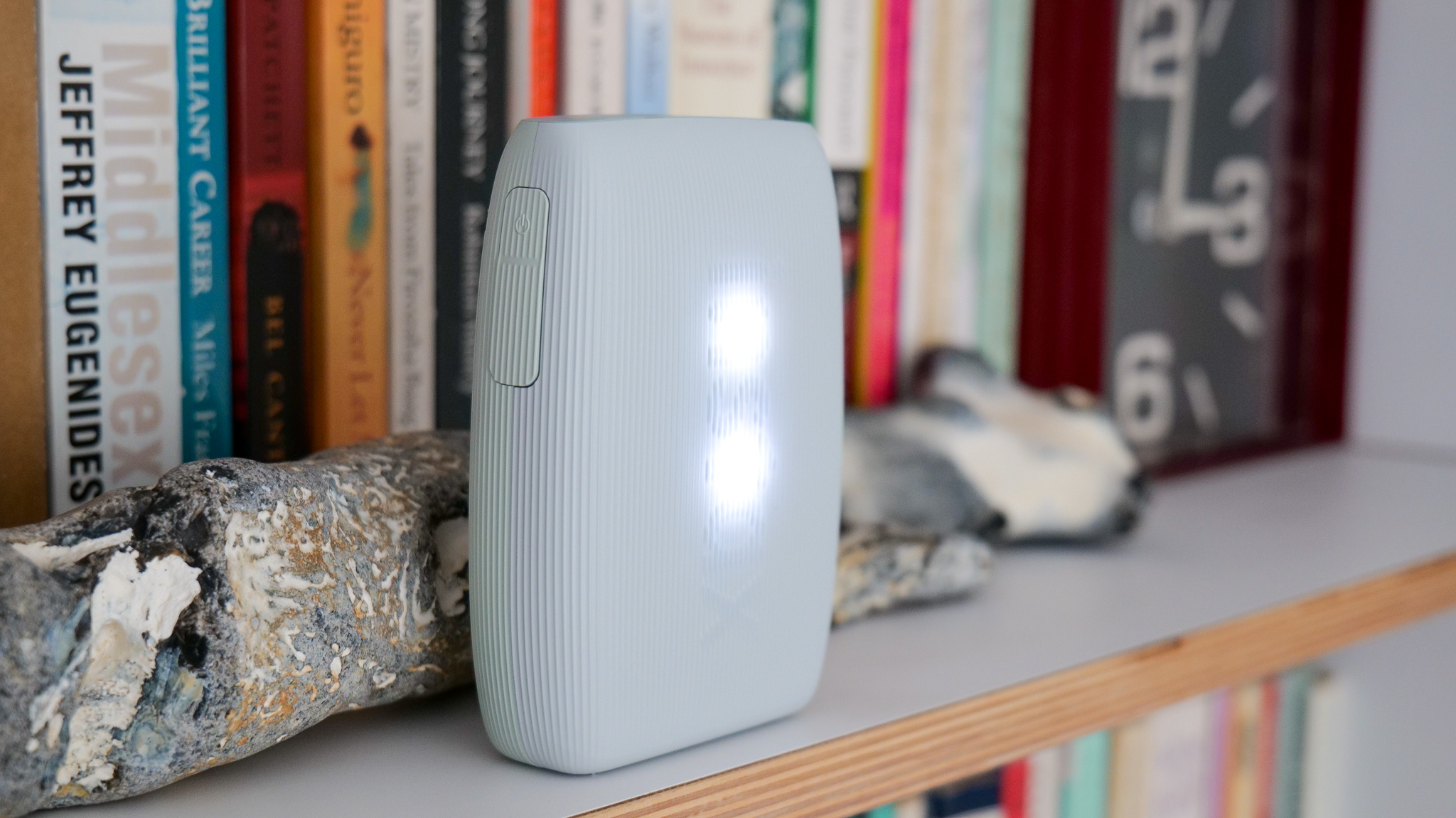
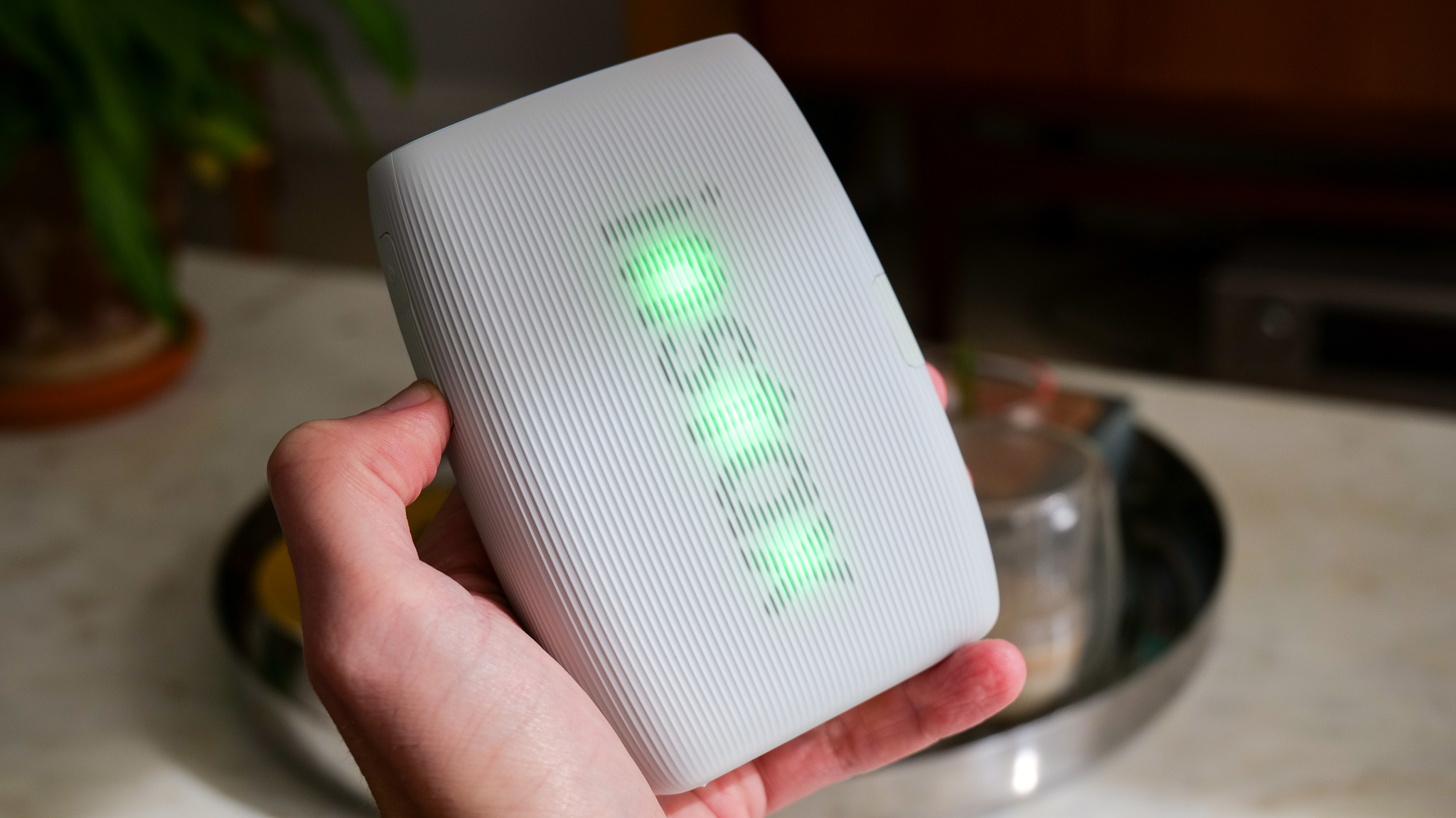
Fujifilm Instax mini Link 3: also consider
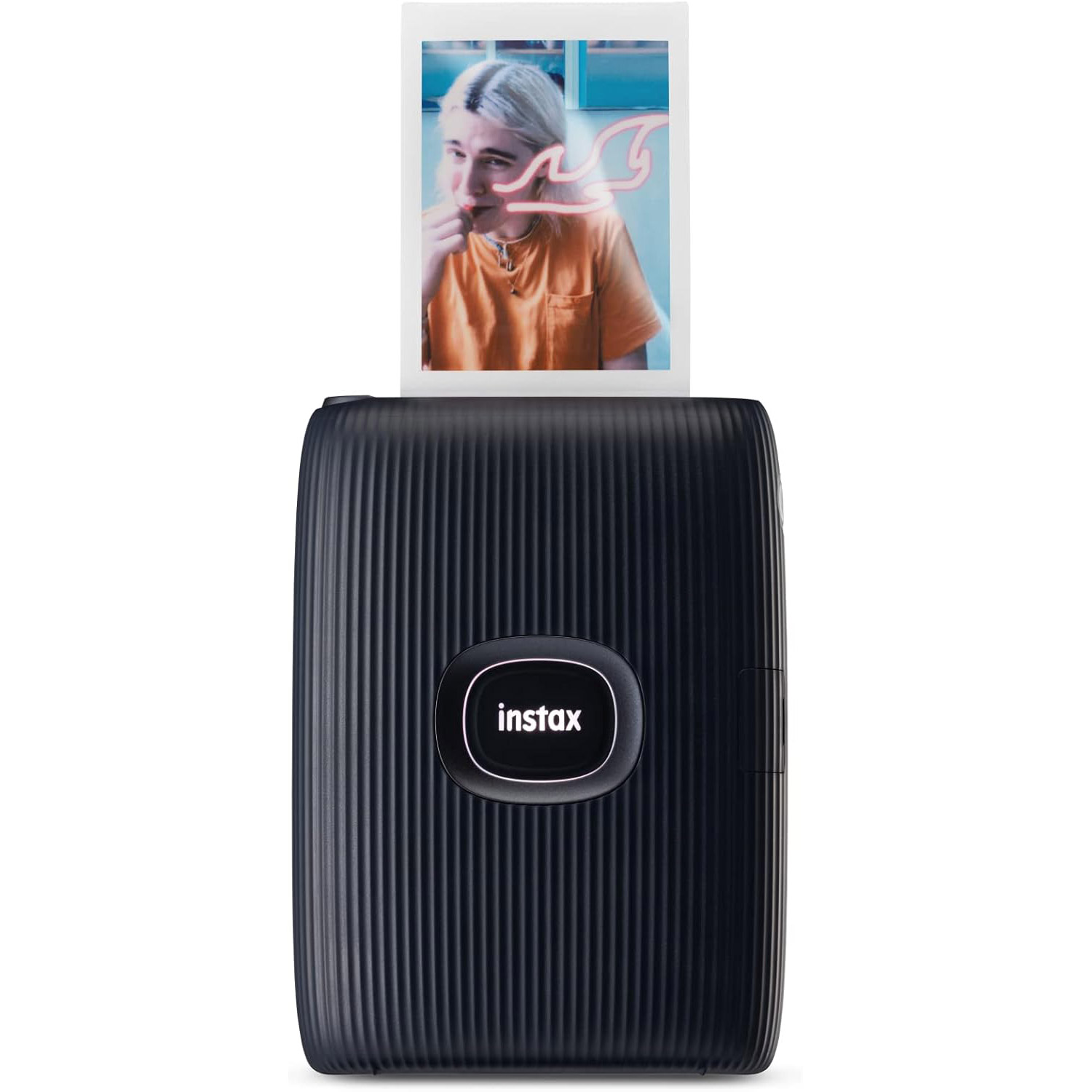
Fujifilm Instax mini Link 2
The predecessor to the mini Link 3, this model’s advancing age and recent replacement means you may be able to pick it up at a significant discount. It uses the same Instax mini film and works with the same mobile app, so functionality and image quality is very similar.
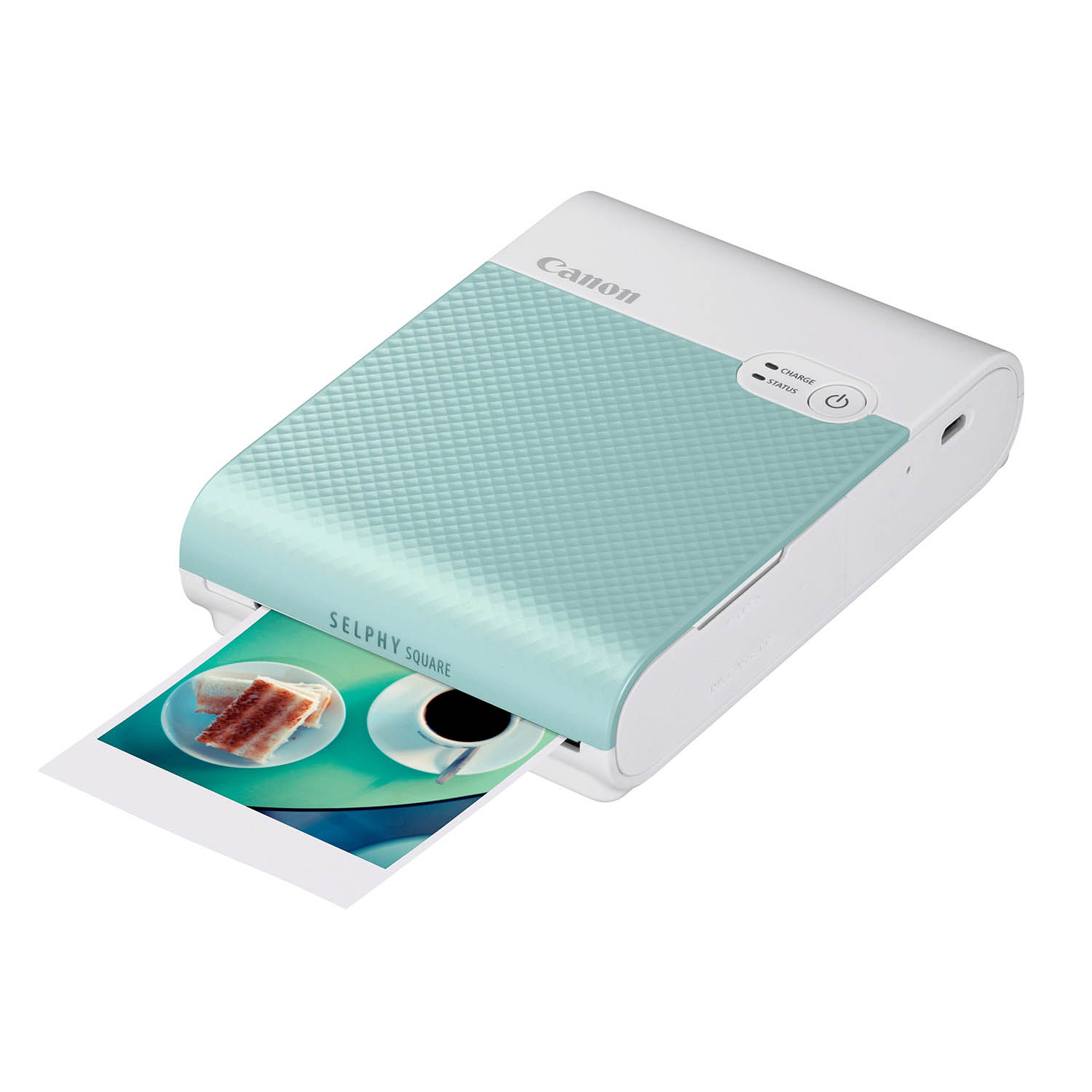
Canon Selphy Square QX10
This dye-sub portable printer produces 2.7in square photos, with each print taking about 40 seconds to emerge and, according to Canon, are durable enough to last for 100 years. The prints have a peel-and-stick backing means you can mount them quickly too.
Should I buy the Fujifilm Instax mini Link 3?
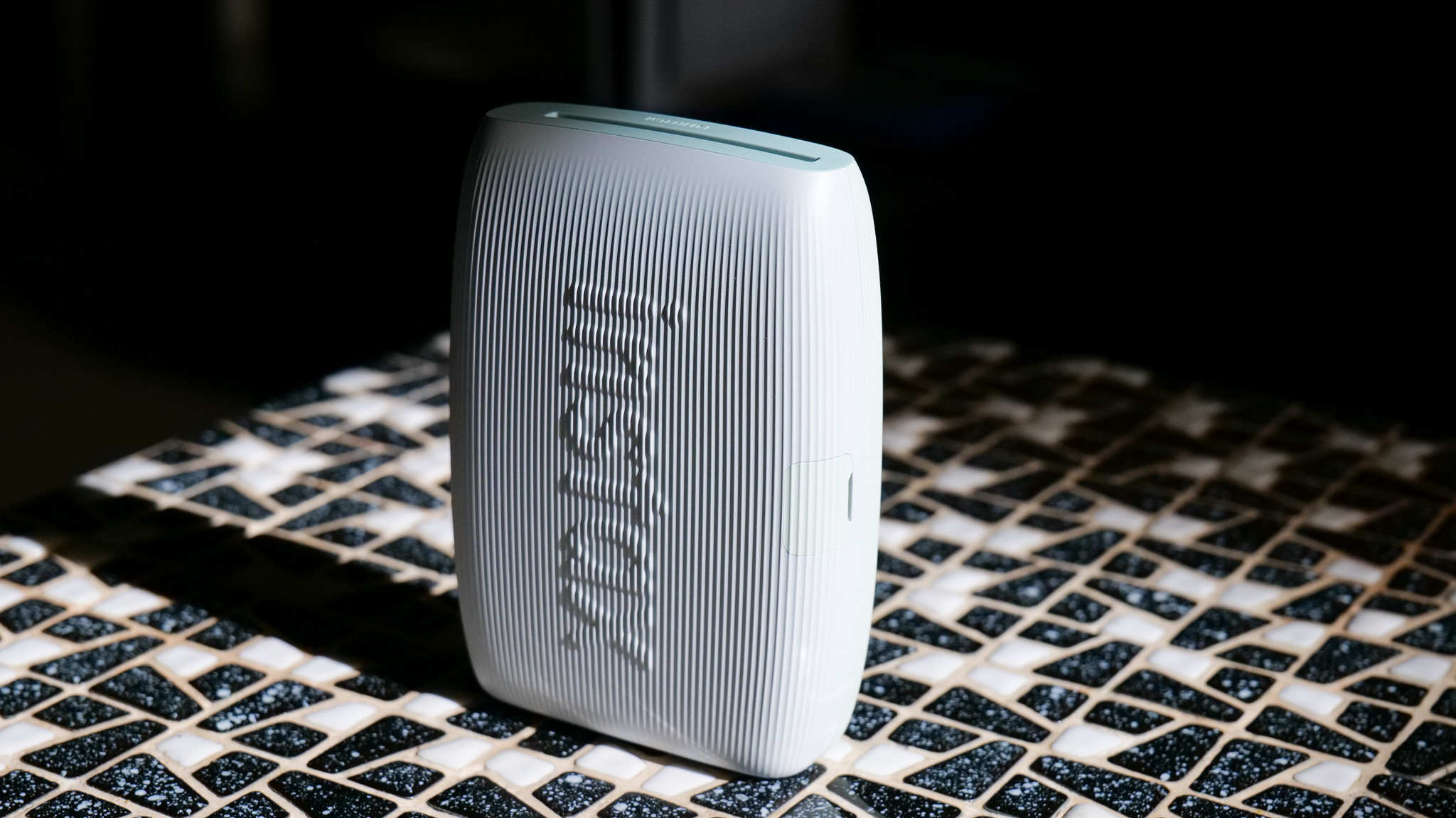
Buy it if...
You want fast, vibrant prints
Instax mini prints develop in a matter of seconds and boast vivid, bold colours. They’re robust too, and won’t fade or rub off easily.
Don't buy it if...
How I tested the Fujifilm Instax mini Link 3
- One week of use
- Tested with iPhone 13
I spent a week using the mini Link 3 in conjunction with my iPhone 13, testing each mode of the mini Link companion app with both freshly taken photos and older images from the smartphone’s camera roll. I also took the printer out ‘in the field’ with me, taking advantage of its battery and compact size to use it on a night out with friends.
First reviewed September 2024
0 comments:
Post a Comment